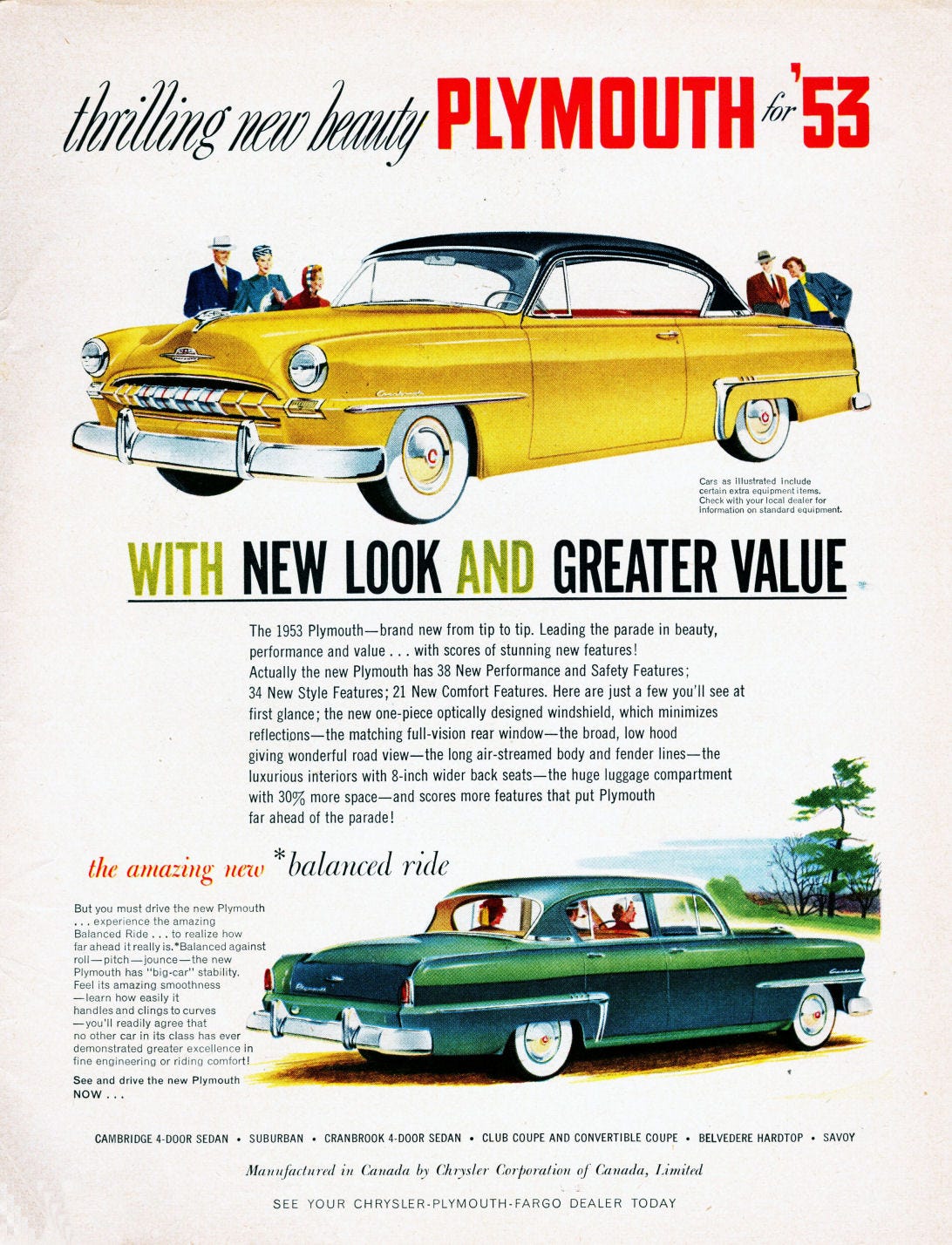🚘 Collector Car/The Popular Plymouth
The popular Plymouth: From family sedan to auto racing immortality. With audio file for listening.
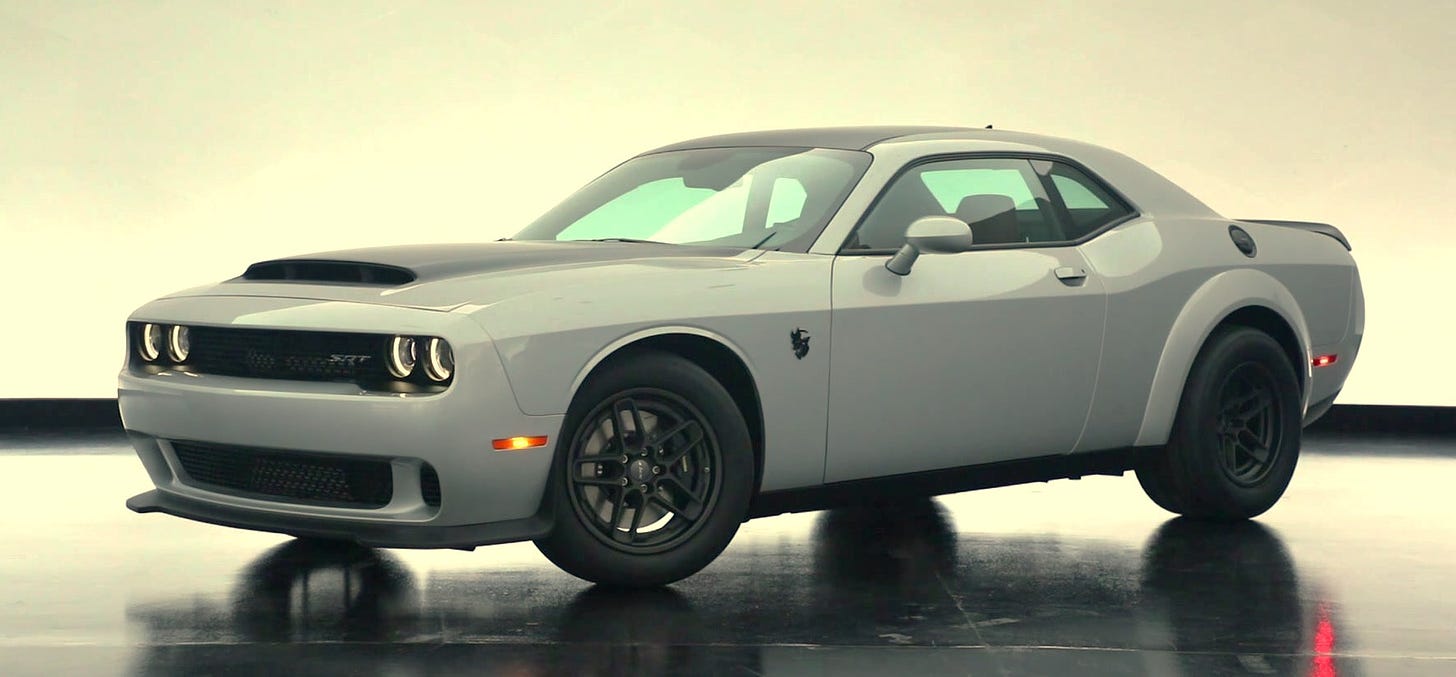
Would you rather listen. Above is an audio file of this article to play.
Q: Greg, I enjoyed your Top 10 Muscle Cars of all-time columns, anWd especially your pick of the 1962 Plymouth Savoy 413 that made your list. I know Dodge is still around and selling well with its RAM trucks and Dodge Challengers, but what happened to Plymouth? Why did Chrysler let Plymouth go as it had a great history? Thanks much, John May, Spokane, WA.
A: John, thanks for your letter and kind words about my Top 10 Muscle Cars columns. I really enjoyed doing that series that went on for 10 weeks.
As an owner of several Plymouth and Dodge vehicles in my days, I can speak from history about my love of Plymouth and Dodge.
If you revisit Plymouth’s history, it is worthy of researching a car that found its way into many American’s driveways and garages. Developed to be a major competitor in the entry level, lower priced car offerings, it was similar to Chevrolet and Ford entry level models in the popular entry class that most Americans could afford.
Notable is the fact that back in the post war 1950 decade, there weren’t yet any smaller or mid-size Plymouths and Dodges to choose from because most of those 1950-1959 MOPARs were built on similar assembly lines and any differences showed up in different wheelbases along the assembly process. During the 1950 decade, Plymouth wheelbases ranging from 111-inches up to 118.5-inches were utilized for cars while the station wagons rode on 122-inch wheelbases for the 9-passenger, three row varieties.
For example, if you were buying Plymouth in the 1950s, you could choose from the DeLuxe, Special DeLuxe, Business Coupe, Plaza, Cambridge, Cranbrook, Savoy, Suburban wagon, Belvedere, and Fury lines. If you were buying a Chevy back then, the decade offered Fleetline, Styleline, Special, 150, 210, Delray, Biscayne, BelAir, and then top line Impala. However, regardless of whatever trim a consumer would choose, the Chevy wheelbase stayed the same at 115-inches from 1950 to 1957, and then 117.5 to 119.0 for 1958 and 1959. Be it “plain Jane” or “all dressed up” trim, regardless of wheelbase, they all rode on similar chassis underpinnings.
The car companies also promoted a “pecking order” status, meaning if you started with a Plymouth, the next step up would be the Dodge, which is like Ford owners moving up to Mercury and Chevy consumers moving up to Pontiac.
Things did change in 1960, when compact cars arrived in the likes of a Ford Falcon (109.5-wheelbase), Chevy Corvair (108-inch wheelbase) and Plymouth Valiant/Dodge Lancer (106.5-wheelbase). Prior to this pivotal compact car year, all the main class cars were built on near identical assembly line platforms, regardless of wheelbase length, and ushered in the soon to come mid-size class. (That’s for another column).
Plymouth's history dates to 1928, when the first Plymouth rolled off the assembly line. Through the years, we grew to enjoy all the special Plymouth models, from Savoy to Belvedere to Road Runner and GTX and even the “open wheel” Prowler.
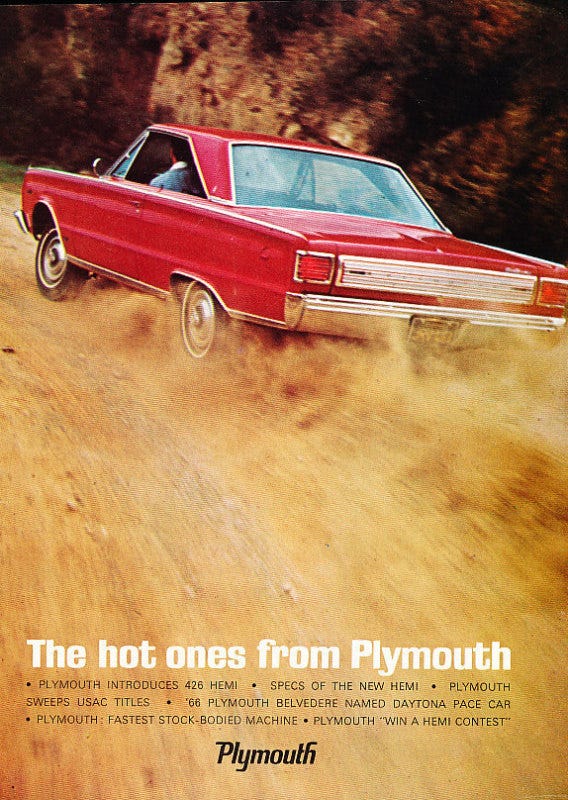
The person responsible for bringing Plymouth to the market was Walter Chrysler himself, who knew a low-cost entry-level automobile would help build consumer awareness of his Chrysler Corporation. Although Plymouth never became a huge seller, it did compete well with Ford and Chevy, especially those who were shopping for the entry level marquees. Plymouth’s best year was 1973, when 750,000 were sold.
However, the soon to follow oil crisis nearly ended Chrysler Corporation, but thanks to a few decent front-drive little K-Car models in 1981 and a little "nudge" from the U.S. Government with some bankruptcy saving bailout monies. Thankfully, Chrysler persevered and then enjoyed an industry smash hit with its all-new and novel K-Car chassis Plymouth Voyager and Dodge Caravan minivans in 1983. The Plymouth brand lived on until the late 1990s, when Neon, Breeze and “hot rod” style Prowler made up the automobile offerings alongside the still popular Voyager minivan.
The 1962 Plymouth Savoy 413 you mention played a key role on the street scene with its 413 Ram Induction 2-door Savoy and sibling Dodge Dart models. They were instant and highly respected terrors on the nation’s drag strips leading to factory muscle car madness. When Ford responded with its 427 Thunderbolt Fairlanes and Chevy 427 Z11 models, Plymouth released just 55 1964 Savoy Lightweights Code A864 that featured lots of aluminum, thin fiberglass here and there, and the new 12.5 compression 426 Hemi under the hood for drag racing only.
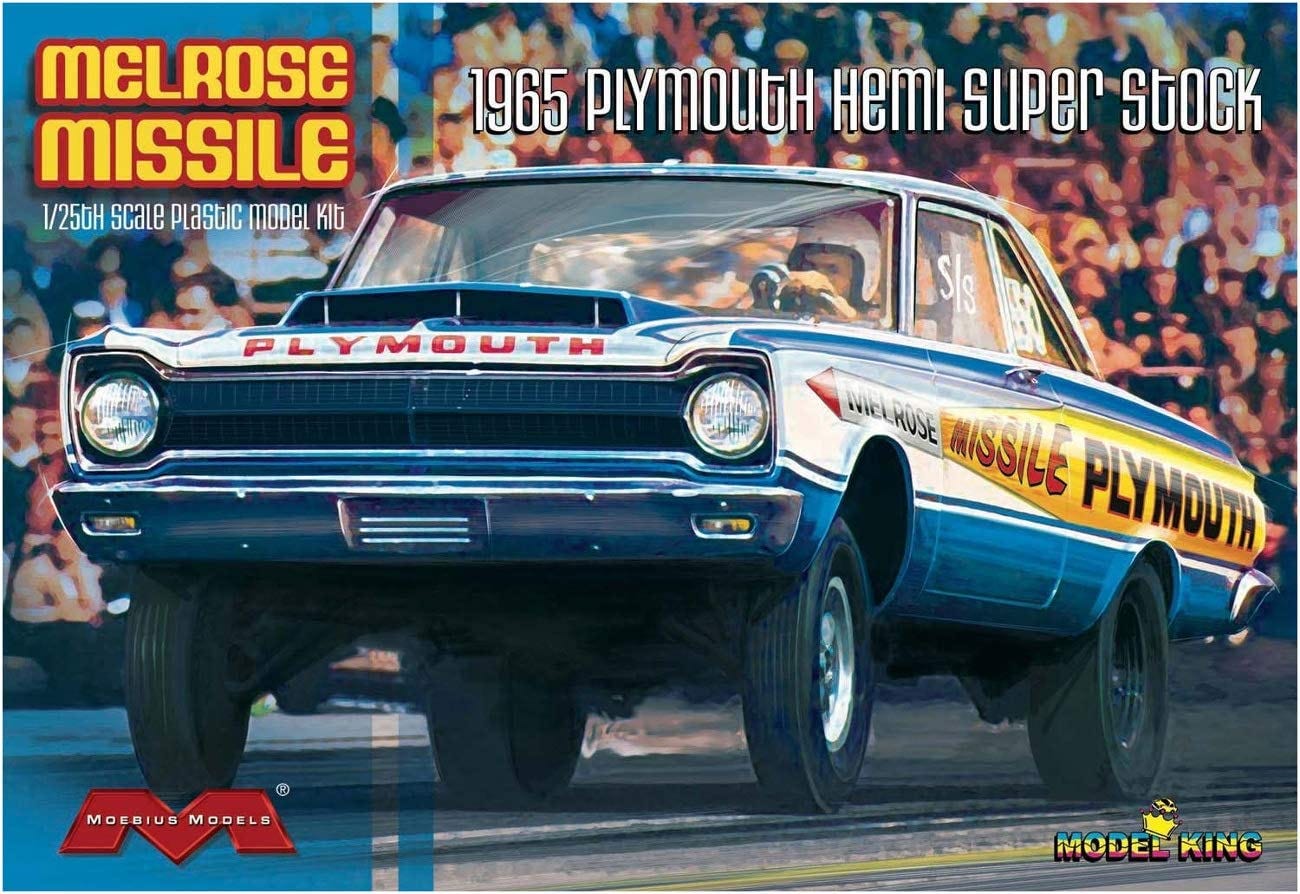
Then in 1965, as per NHRA rules, Plymouth built 102 and Dodge 101 special Code A990 race Hemis improved over the ’64 model. The A990s featured Corning lightweight glass, aluminum heads, bigger cam, and better exhaust. Then in 1966, the 426 Street Hemi was under the hood of some Belvederes, Satellites and Coronets and headed for performance car immortality. By the end of 1966, if you weren’t running an altered wheelbase car and at least considering nitro as a fuel source, regardless of make, you were behind the soon to come nitro funny car boom.
At the box office, car loving moviegoers fondly recall the 1995 hit “Tommy Boy” as Chris Farley and David Spade saved the "Callahan Company" motoring across America in a metallic B5 blue 67 GTX Convertible selling brake pads. Also popular was Steven King’s 1983 horror flick "Christine," centered on an evil 1958 Plymouth Fury.
On the nation’s oval tracks, Plymouths, including the winged Superbird, were big winners thanks to the 426 Hemi engine and drivers like Richard Petty and Bobby Issac on the NASCAR circuit. Thus, from drag racing funny cars to NASCAR ovals, Plymouths were always a big part of the racing equation, as were the Dodge marques.
Personally, I remember my father’s first “good” used car, a 1955 Plymouth Savoy 4-door finished in Tamiami green he purchased in early 1957. Dad bought it when he accepted a new job in The Times Journal newspaper in Vineland, N.J. and we put a lot of miles on that Savoy, which was powered by an inline-6 flathead engine.
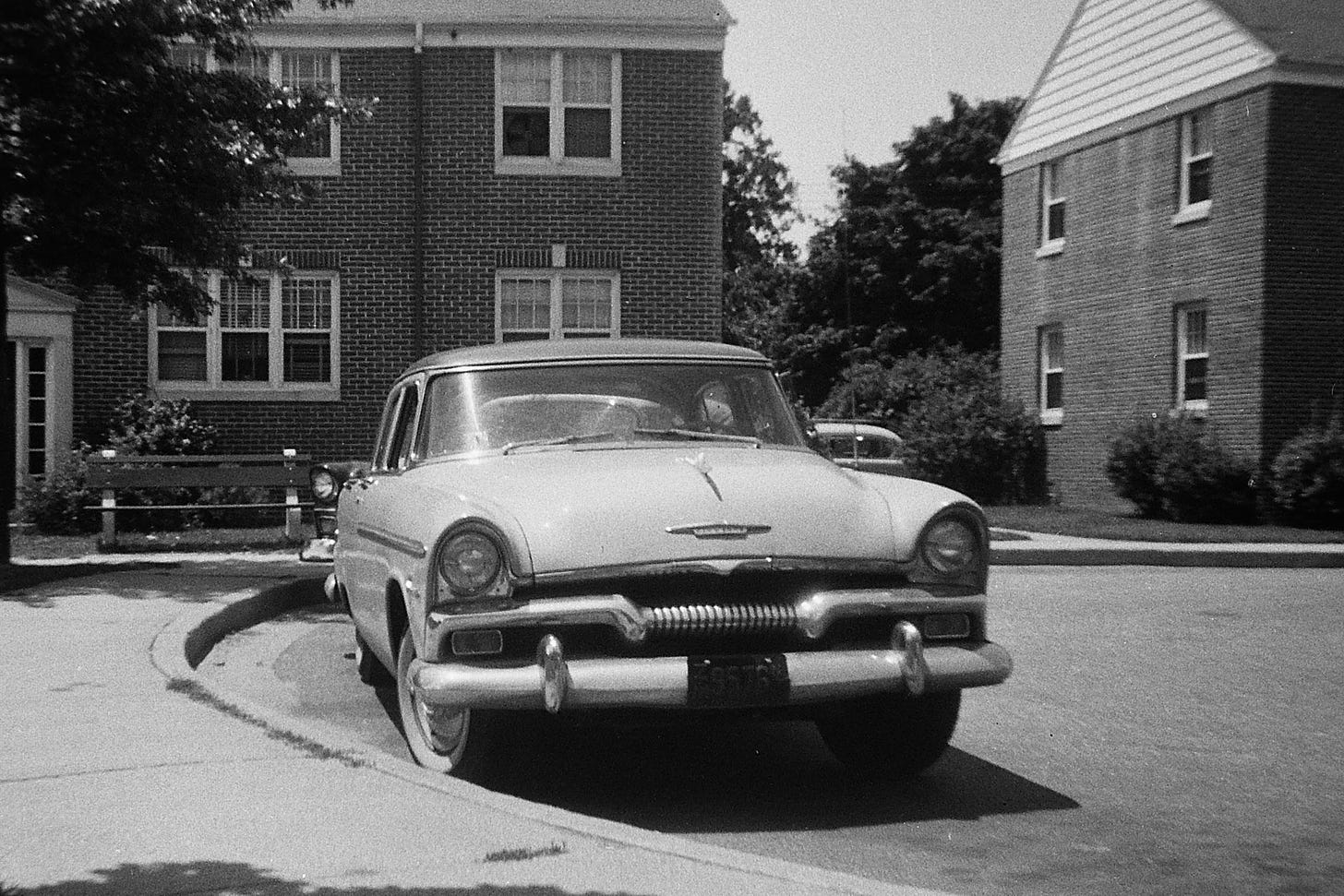
My first ever muscle car was a 1967 Plymouth GTX 440, purchased for $2,995 with 1,500 miles on the odometer in April of 1968. I owned the GTX for an abbreviated time until Uncle Sam called in mid-1969 and off to Ft. Jackson, SC, I went for basic training as a member of the Army National Guard.
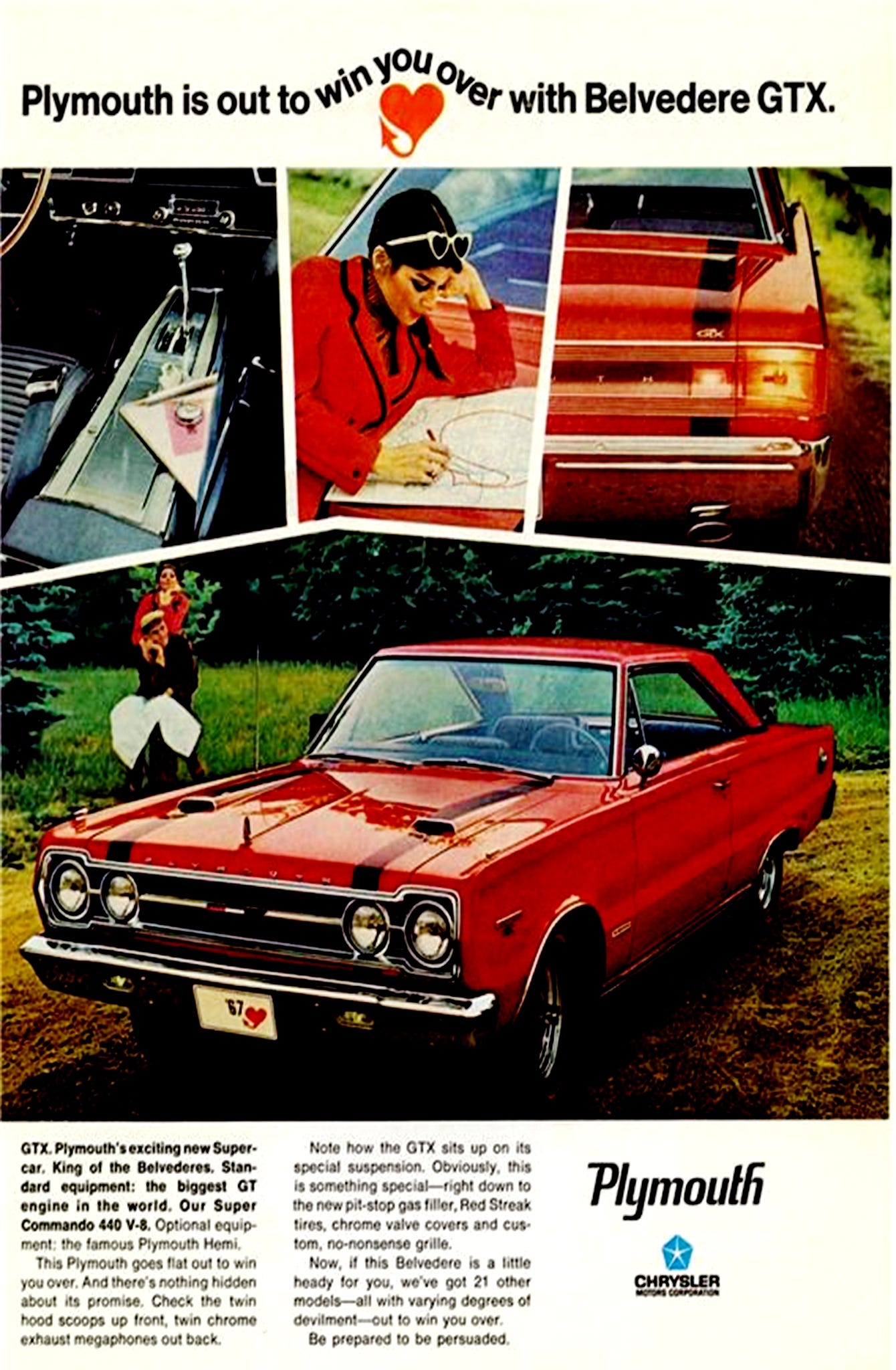
Unfortunately, regardless of all this success, Plymouth was a doomed brand.
On June 28, 2001, the last Plymouth rolled off the assembly line in Belvedere, IL. It was a 2001 silver Neon 4-door that was purchased by a Chrysler executive. This marked the end of Plymouth, so, whenever you see a 2024 Dodge Hemi Challenger SRT Demon 170 driving along the freeway putting out over 1,000 horsepower, it’s close to what the Plymouth Hemi Cuda was in 1970.
Today, Plymouth joins DeSoto and Imperial on the Chrysler model "suspended" list, although in the car business resurrections are rare but do happen.
Thanks for your letter, John.





